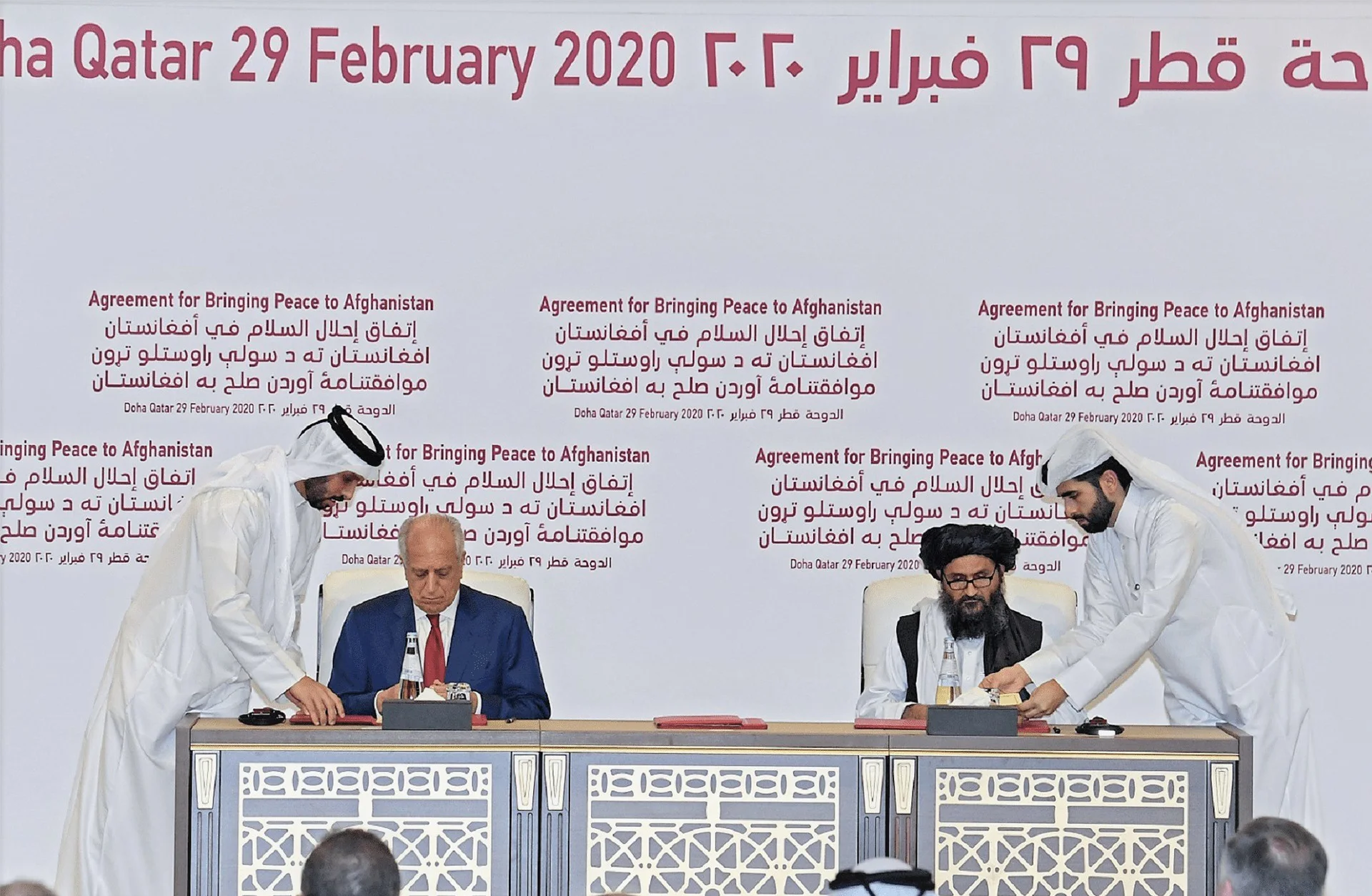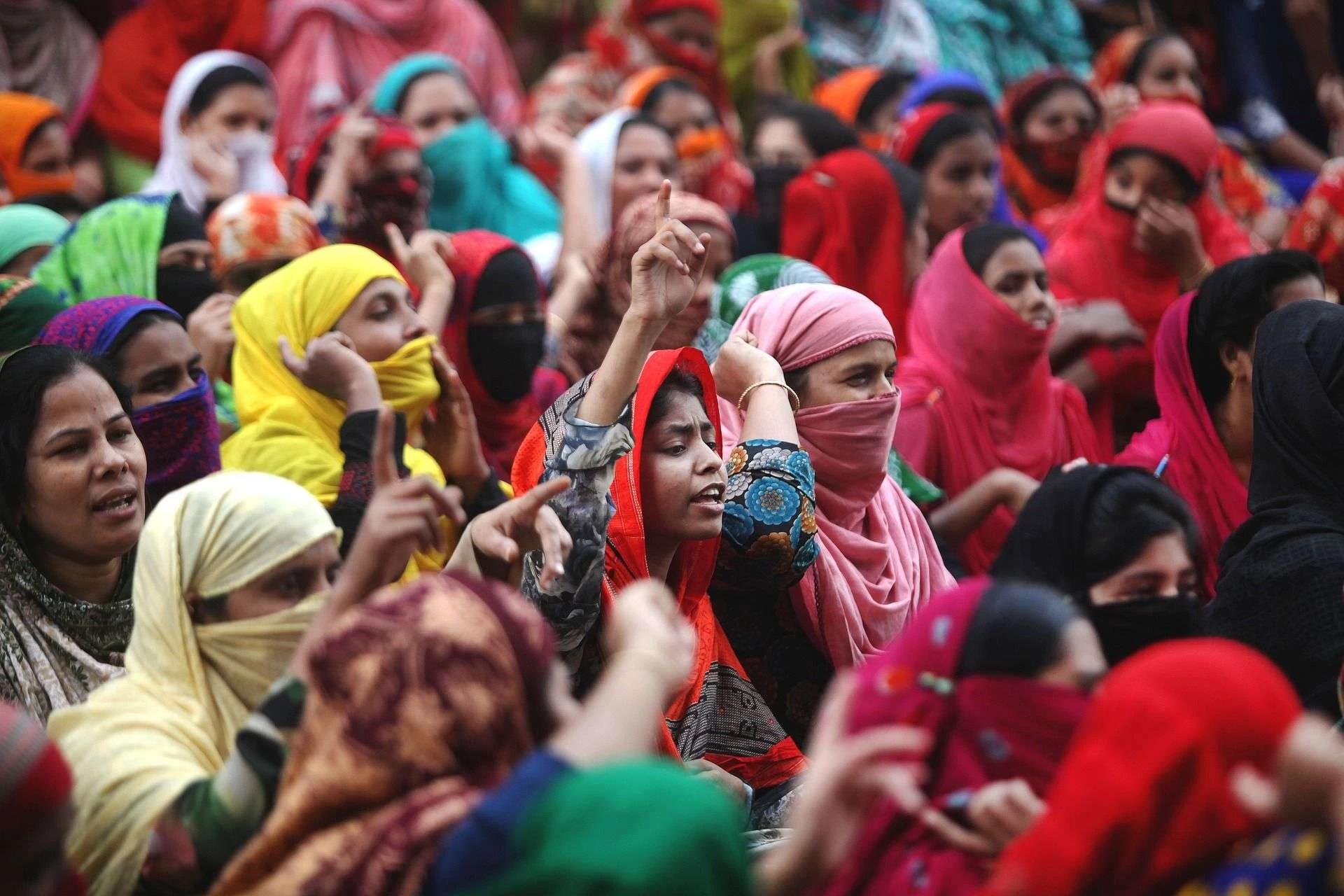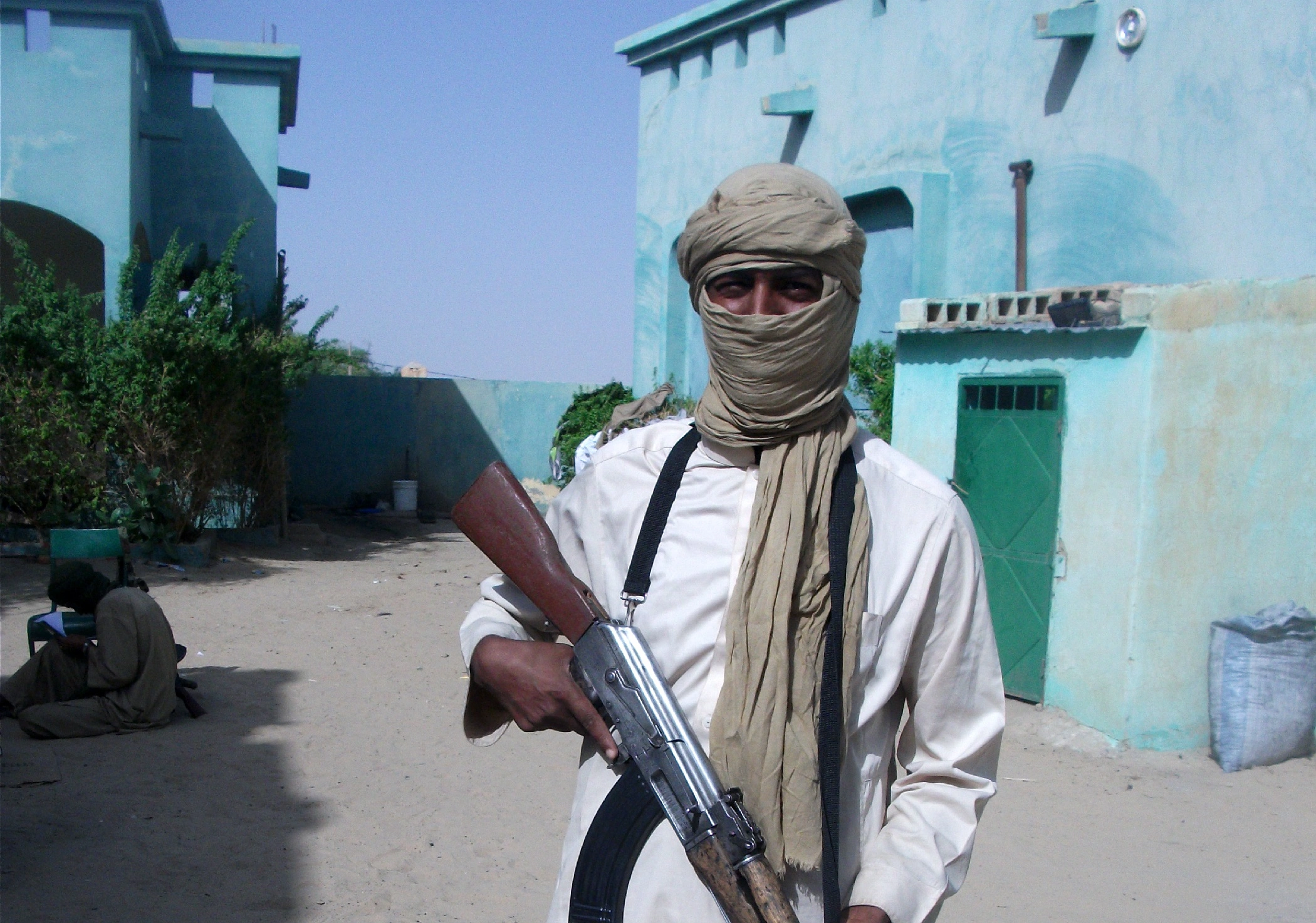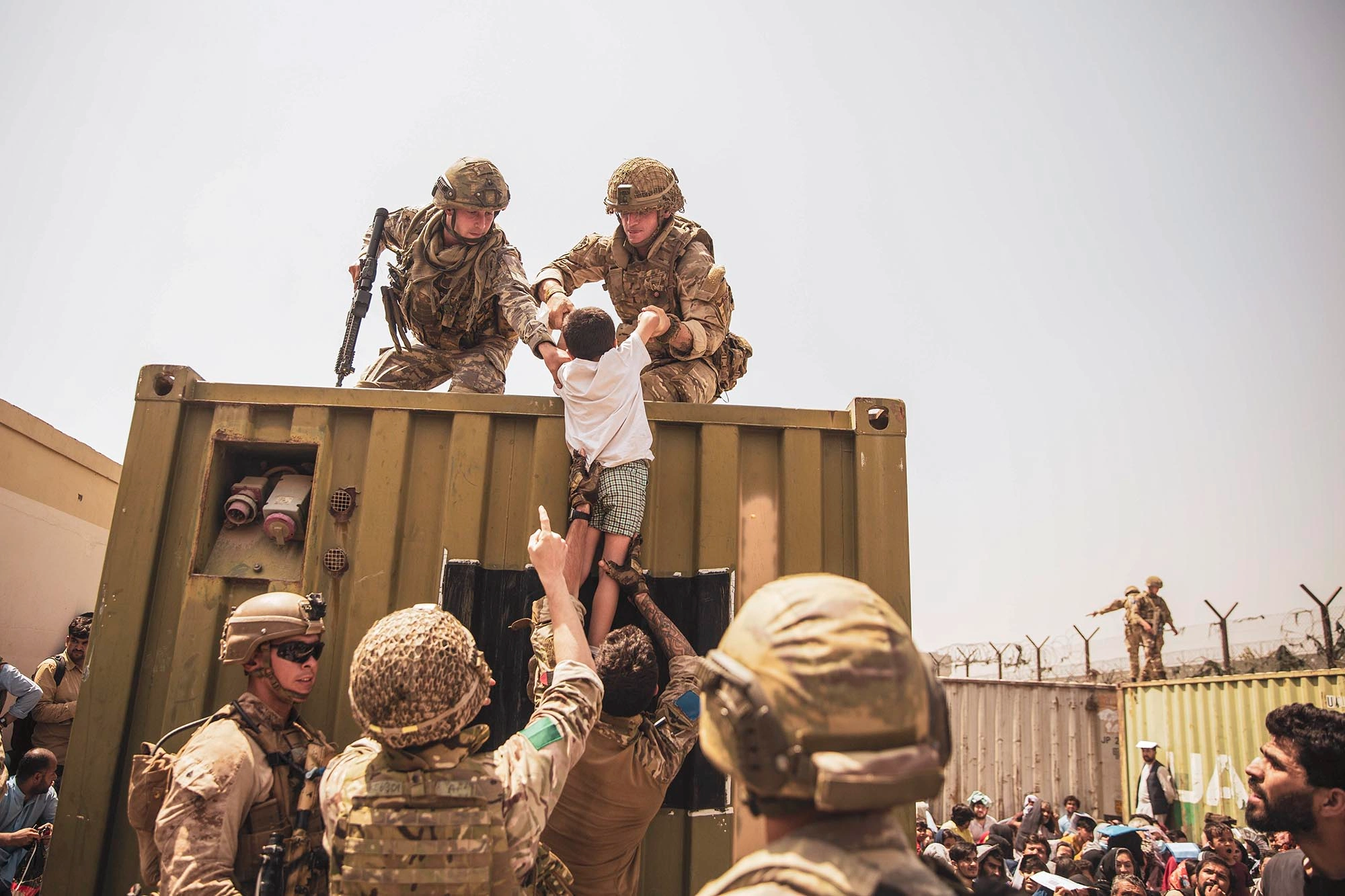Maldives experiences harsh weather
Bad weather conditions in the mid of July affected the entire Indian Ocean including the Maldives which experienced drastic conditions such as tidal waves and sea swells.
After the weather got better, the residents of Meedhoo Island went to the coastline and they saw a newly formed Island, something that had never happened before.
Moreover, the emerging island looked like a reef. As per the local islanders, it was a massive landmass formed almost entirely of rocks. The island had a length of almost a kilometer and was about 7 feet above sea level.
The Terrain of the Island
Ahmed Zuhair from the Nalafehi environmental organization in Meedhoo says that because of the surges rocks were deposited and the formed island is 6 to 7 feet above the sea level. The length was around 3000 feet with a width of 20-25 feet.
Similarly, according to the city’s council reports the island was formed on the Fattaru side of the country. The Fattaru side of an island is the one where the waves keep on crashing and have no natural beach. Rocks that are deposited from waves here become sea walls. These are usually natural fortifications. Likewise, the island called Huraa’gandu also resulted from bad weather.
Island Formation
Additionally, the Maldives has seen its fair share of island formation. Most of which have been after a spell of bad weather. Tidal waves and storm surge resulted in the accumulation of rocks. The Nalafehi organization after seeing Huraa’gandu Island went to plant trees on it.
The deposition of sand in one location for a long time leads the sandbanks to form islands. Islands come about when sea waves and other factors allow the accumulation of sand in a particular place for a long time.
The previous accumulation of island in the region was due to the bad weather spell in 1987.

![A New Island Forms in the Maldives [Image: NASA]](https://southasiatimes.org/wp-content/uploads/2020/08/maldives_oli_202056_th.webp)




